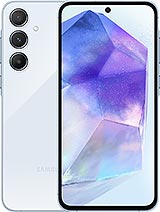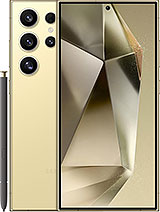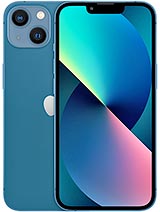Sony ZV-1F is a compact camera for vloggers and content creators
Sony has launched its second vlogger friendly camera in its ZV series, the ZV-1F. Compared to the ZV-1, the ZV-1F drops a bunch of features for a lower price and simpler operation.

The ZV-1F features the same 20.1MP 1.0-type (13.2mm x 8.8mm) Exmor RS CMOS sensor has the ZV-1. Instead of a variable zoom lens, the ZV-1F has a 20mm (35mm equivalent) f2.0 fixed prime lens. This provides a large field of view, even larger than the widest focal length on the ZV-1, making it suitable for hand-held vlogging scenarios as you no longer have to stretch your arm to accommodate yourself and others in the frame. It also provides a more interesting focal length for things like street photography.

The ZV-1F is capable of recording 4K video at up to 30fps. Sony has a variety of picture profiles available, including S-Log2, S-Log3 and HLG but it's worth noting that the ZV-1F can only record in 8-bit 4:2:0, so it's not the best quality footage for making heavy color grading. It is, however, suitable to record and upload directly using a wireless smartphone connection. The ZV-1F can also record vertical videos, making it ideal for Instagram, TikTok, or YouTube Shorts.
The camera has a built-in directional 3-capsule microphone with a bundled windscreen. You can connect an external microphone through the 3.5mm mic jack but there is no hotshoe. You also get micro HDMI and the microUSB on the ZV-1 has been replaced with USB-C.
Other features borrowed from previous Sony cameras include SteadyShot digital image stabilization, which is the only kind of stabilization available on this camera, Eye AF, object tracking, Product Showcase mode for quickly and automatically switching focus between your face and an object in your hand, Soft Skin Effect, and the same 7.5cm 921,600 dots articulating touchscreen display.
The Sony ZV-1F is priced at $500 and will be available late October.
Related
Reader comments
- Anonymous
- 15 Oct 2022
- K1J
Crop zoom is digital zoom and can be continuous. It's using the same sensor module. There are tens of articles and research paper mentioning this. Please stop spreading disinfo. TQ In Tomsguide article, 'Optical vs. Digital Zoom: Why D...
- Anonymous
- 15 Oct 2022
- U{0
dslarena








 Samsung
Samsung Samsung
Samsung Apple
Apple Apple
Apple


